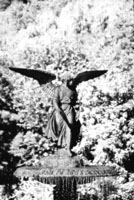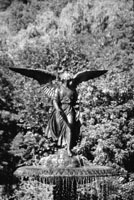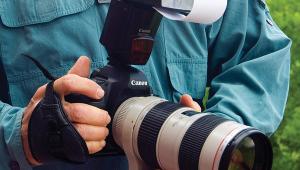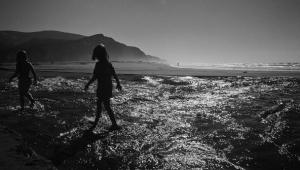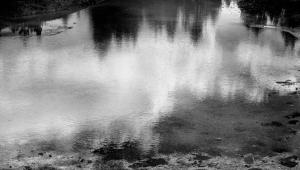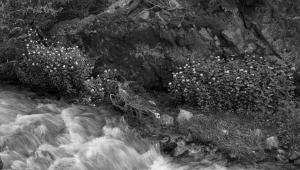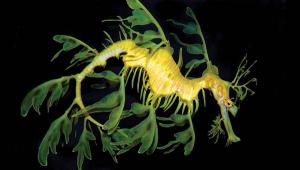How To Create A B&W Infrared Effect From Any Image
Why not shoot IR film to begin with? Kodak High Speed Infrared film is a challenge. First, to avoid fogging, it should be stored in the refrigerator and must be loaded and unloaded in the darkroom or a changing bag. Then, for the best effect, you must shoot with a deep red or opaque filter over your lens. Once you've focused, you must re-focus the lens manually to the infrared focus point. Since your camera meter doesn't measure IR light, it's advisable to bracket exposures widely. In the field, you must load and reload your camera in a light-tight changing bag. After the film has been processed, the negatives are extremely contrasty and often require extensive dodging and burning to get a good print. |
|||
The Digital Option Channel Mixer That IR Glow |
|||
Blending Mode And Grain, Too Contact |
